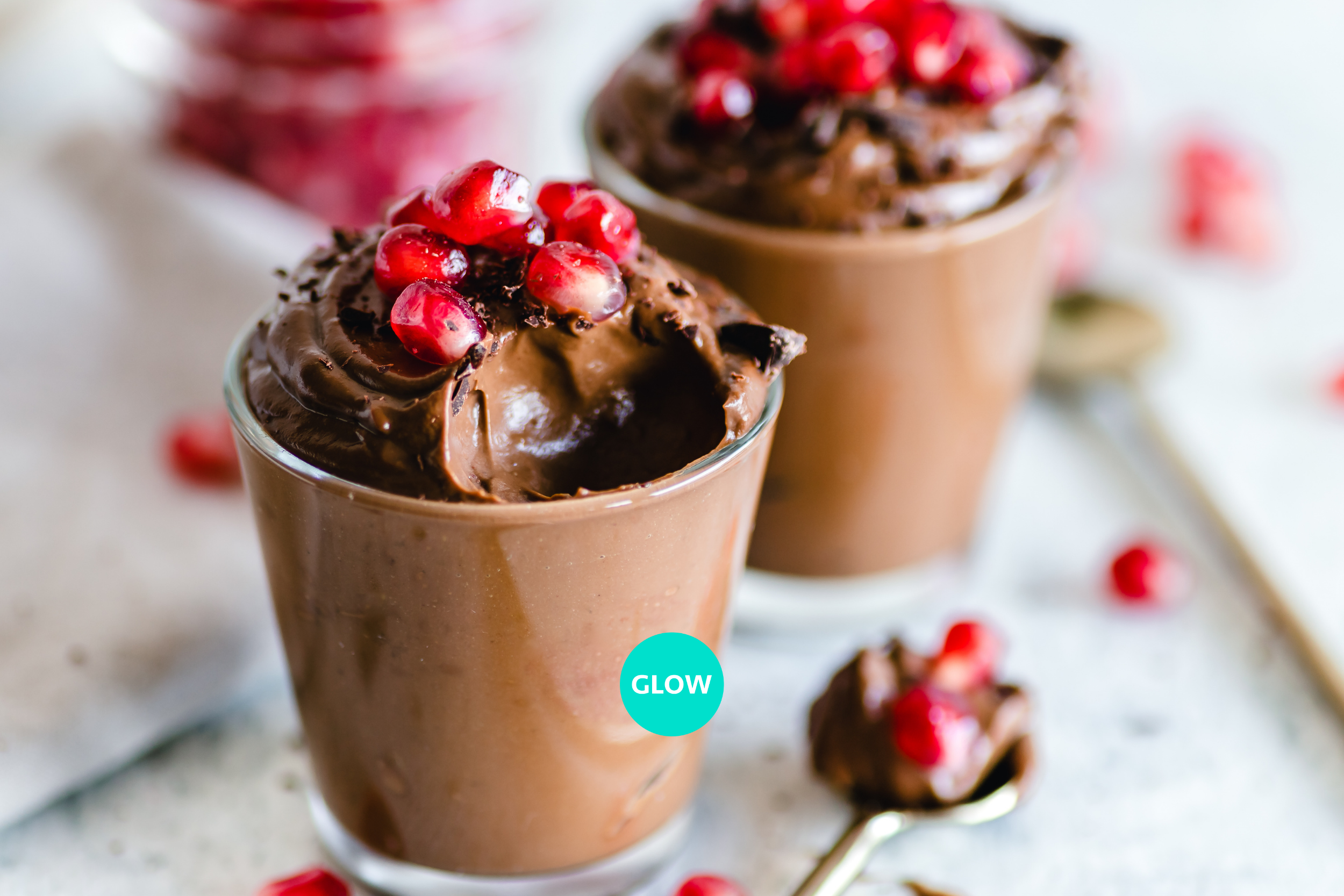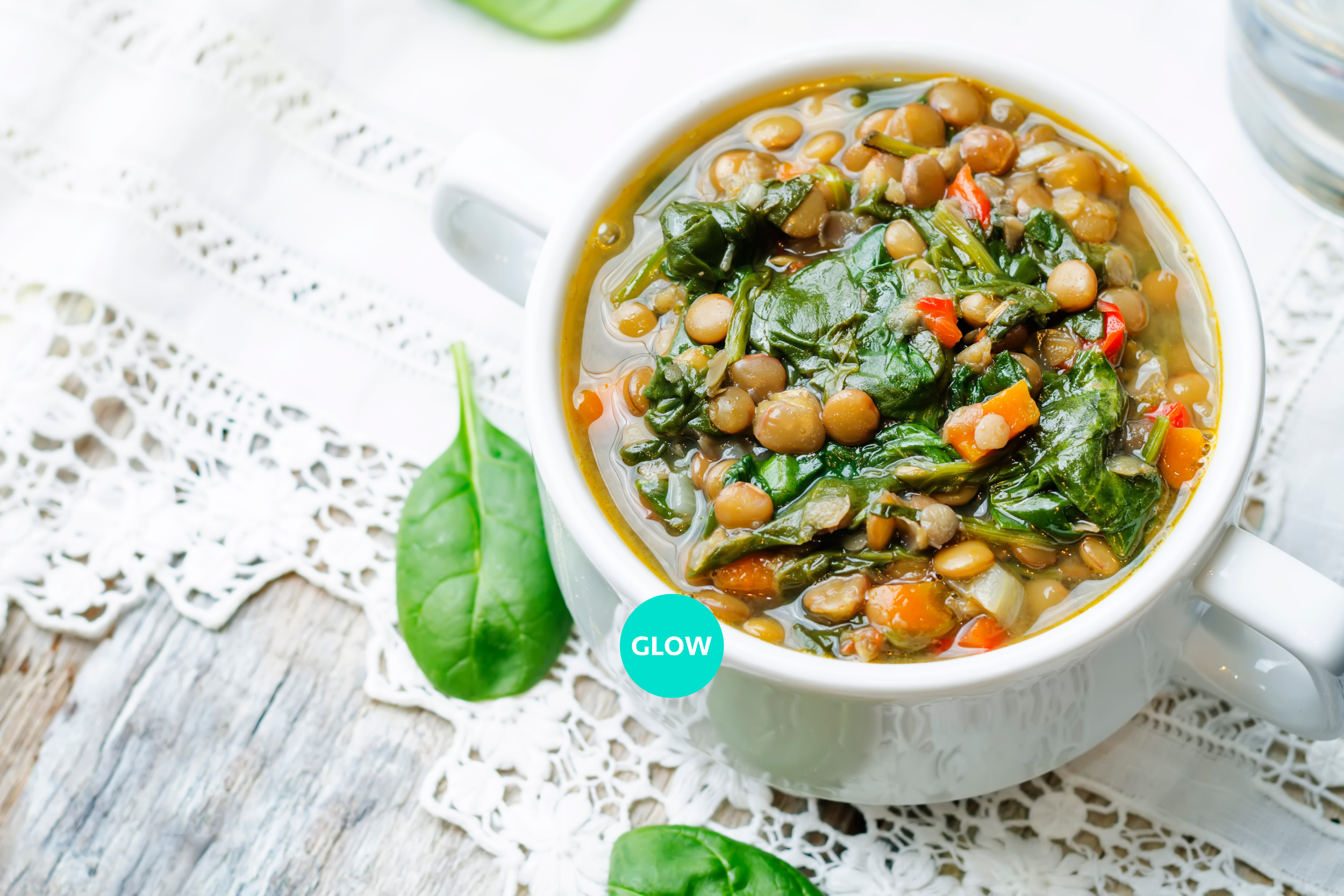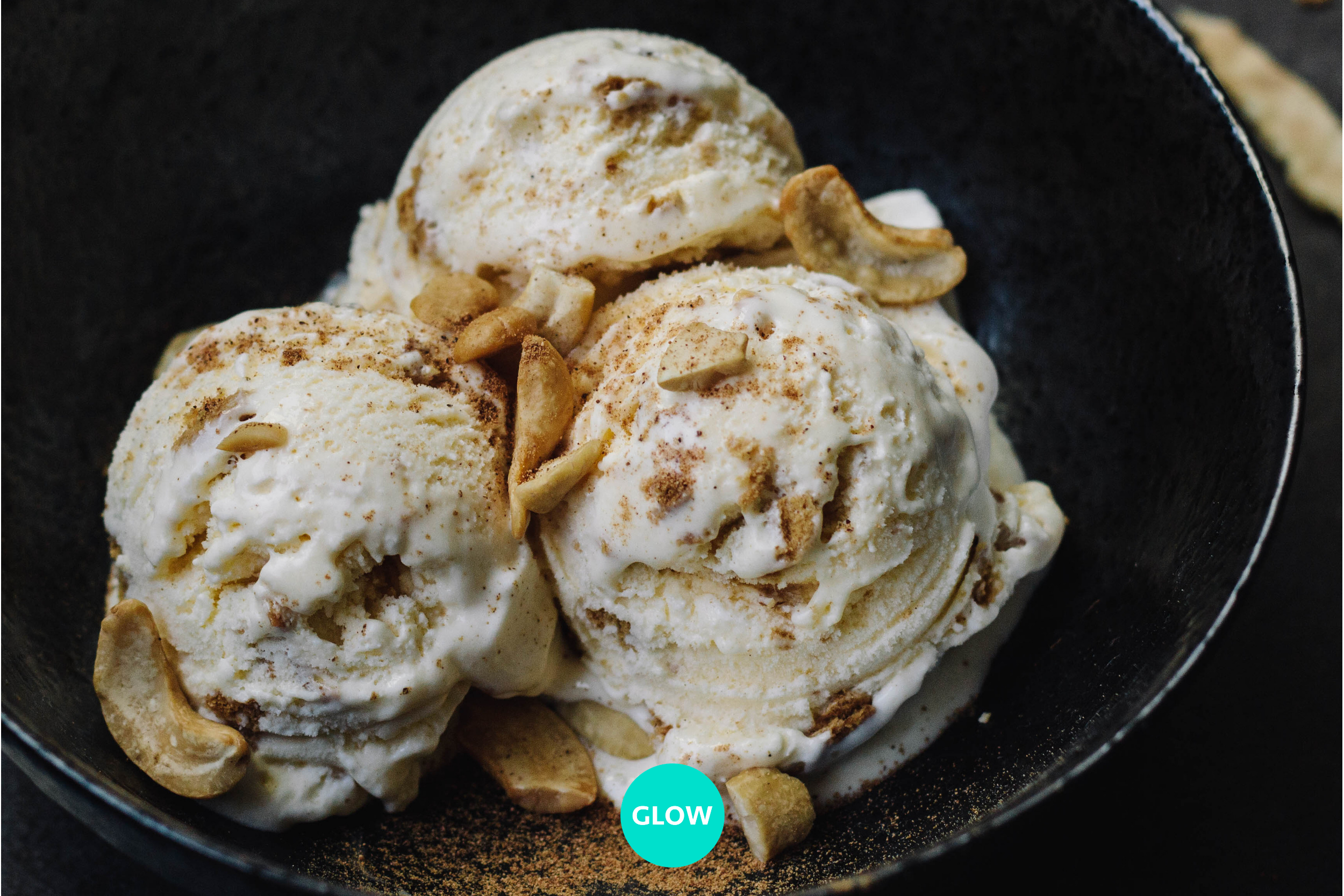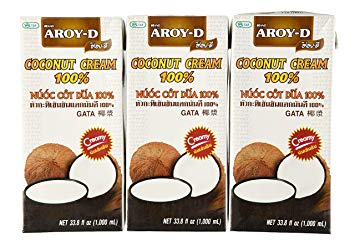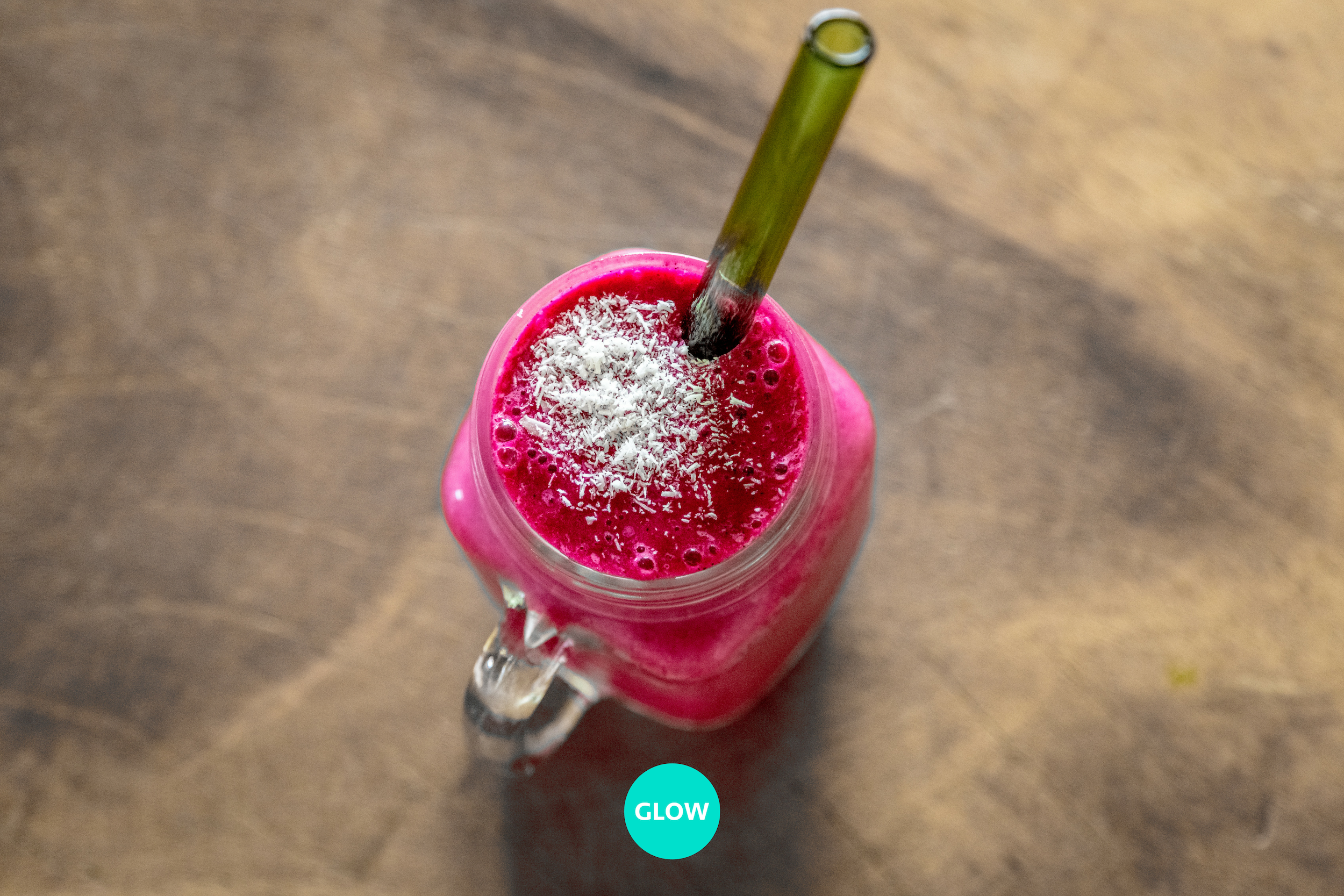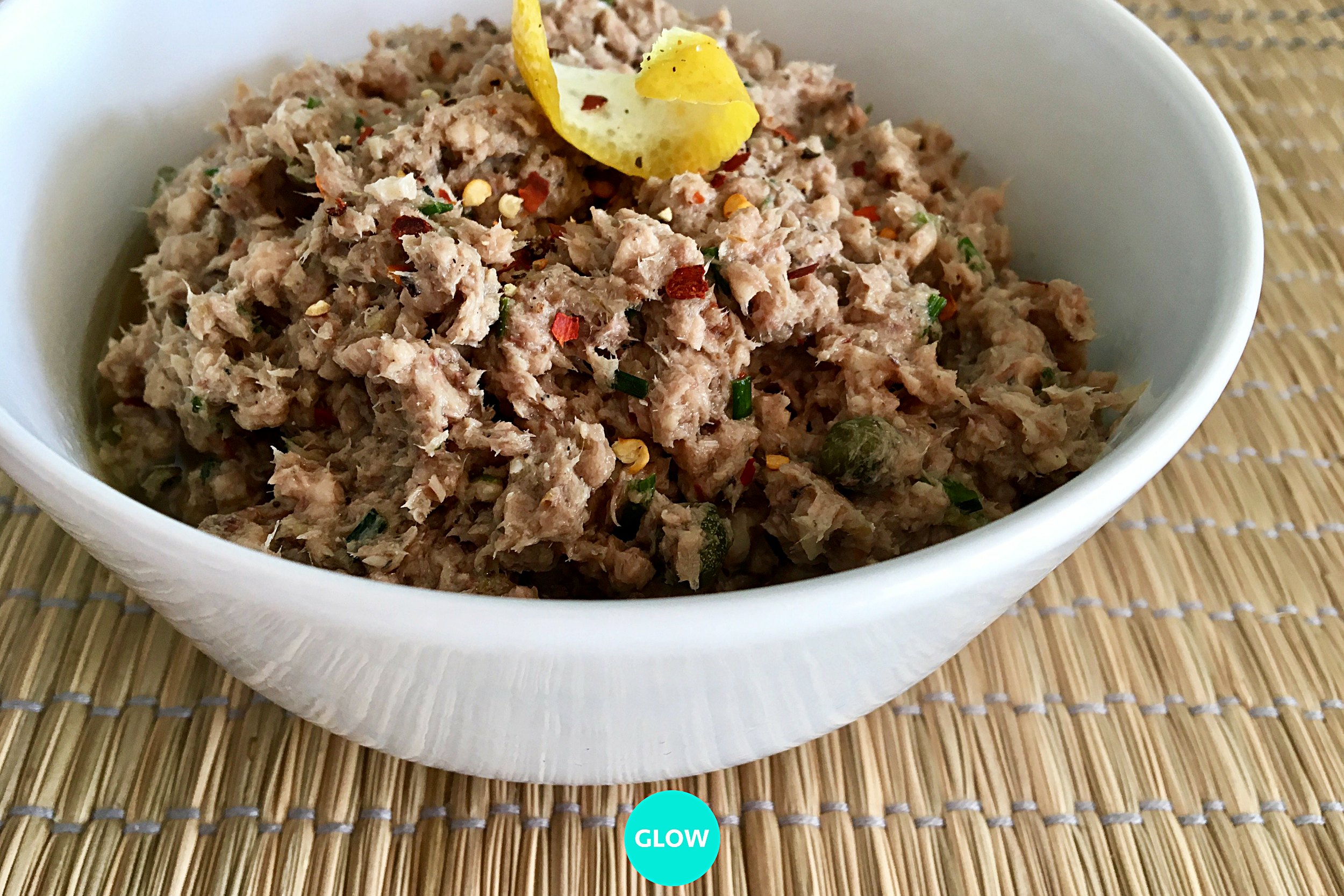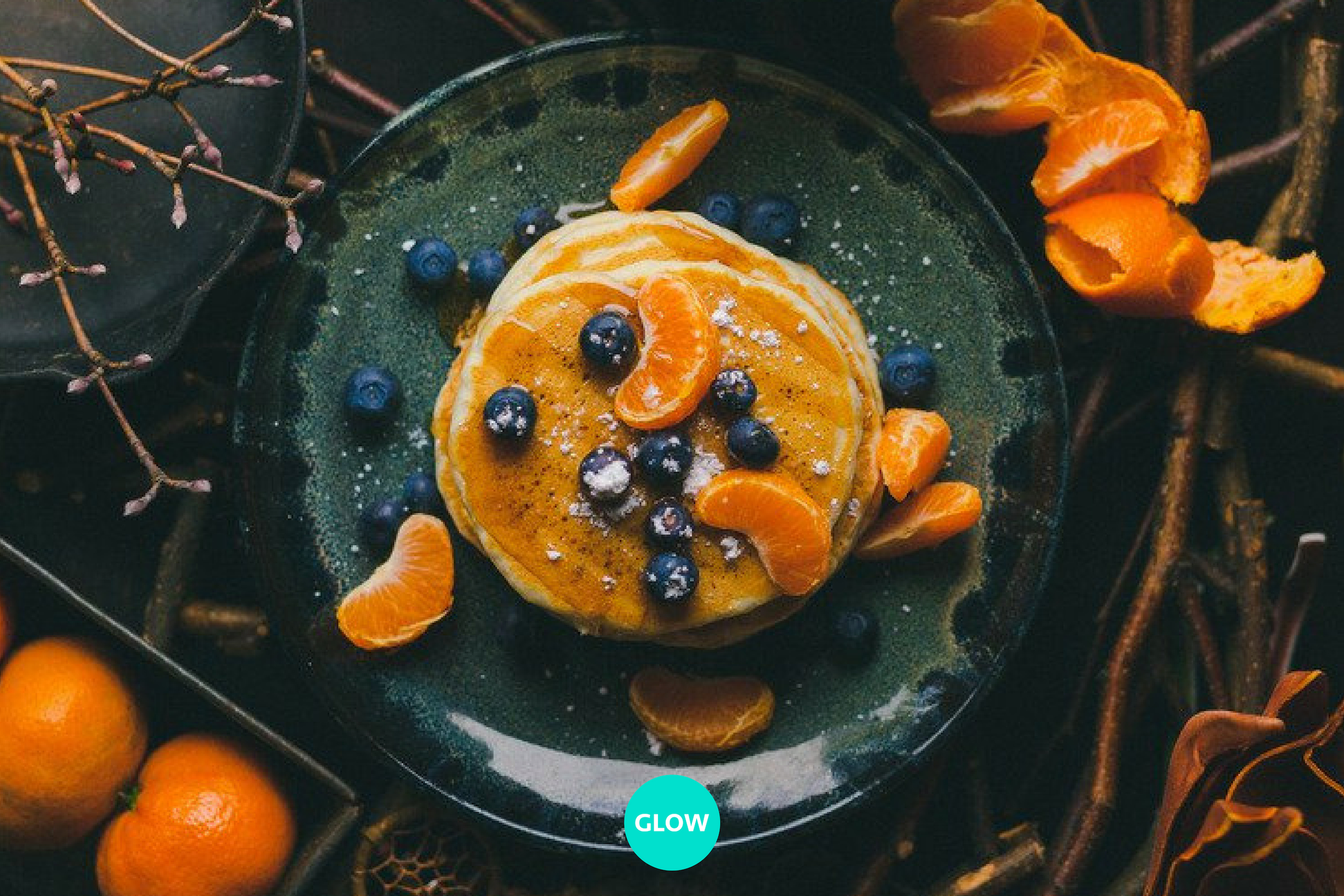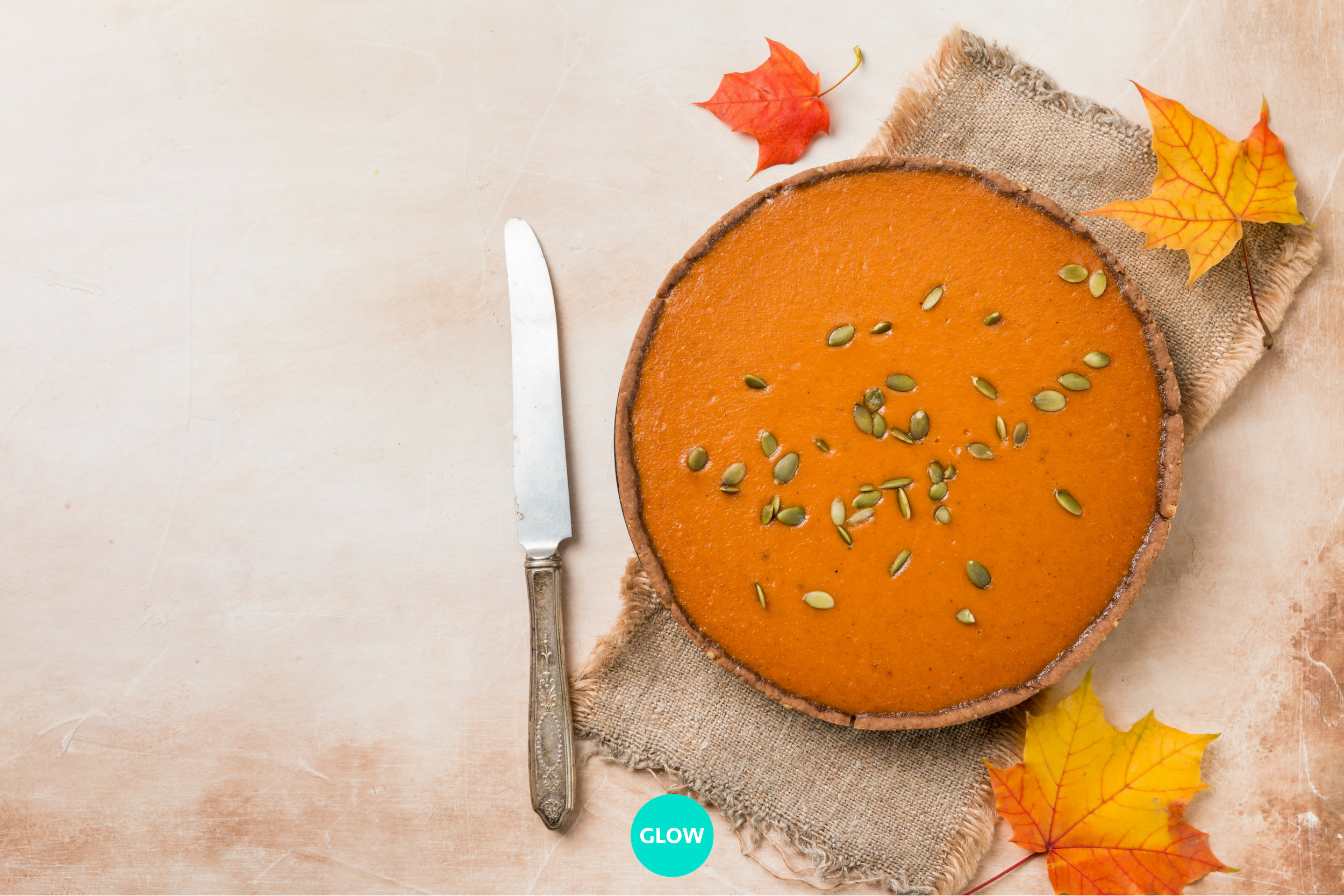About the yoghurt:
Coconuts are rich in fibre which acts as a PREbiotic. What it means is that the fibre feeds the PRObiotic bacteria, making them multiply. In other words, making yoghurt using a probiotic makes more probiotic. It may also colonise the digestive tract better than just probiotics. If you add extra inulin (which is also a prebiotic), it may produce even more probiotic bacteria.
The stomach, although acidic, requires microbial protection just as much as the rest of the digestive tract. Since most probiotics are designed to work in the intestines, yoghurt supports the entire digestive tract, including the mouth.
There are various brands of coconut yoghurt on the market but the quality isn’t always good. They may be free of common allergens but contain unnecessary additives, synthetic vitamins and sometimes soy milk. If you decide to go for a shop-bought coconut yoghurt, make sure it only contains coconut milk, live bacteria and a thickener like tapioca.
Why Gastrus from BioGaia
According to the cardiologist and bestselling author dr William Davis, the two probiotic strains used in the product (Lactobacillus reuteri ATCC PTA 6475 and Lactobacillus reuteri DSM 17938) not only naturally colonise the human gut but have been researched in terms of:
suppressing appetite and supporting weight loss
increasing collagen, skin thickness and accelerating skin healing
improving hormonal balance in both males and females which has a multitude of benefits
The full article and dr Davis’ his recipe can be found here.







